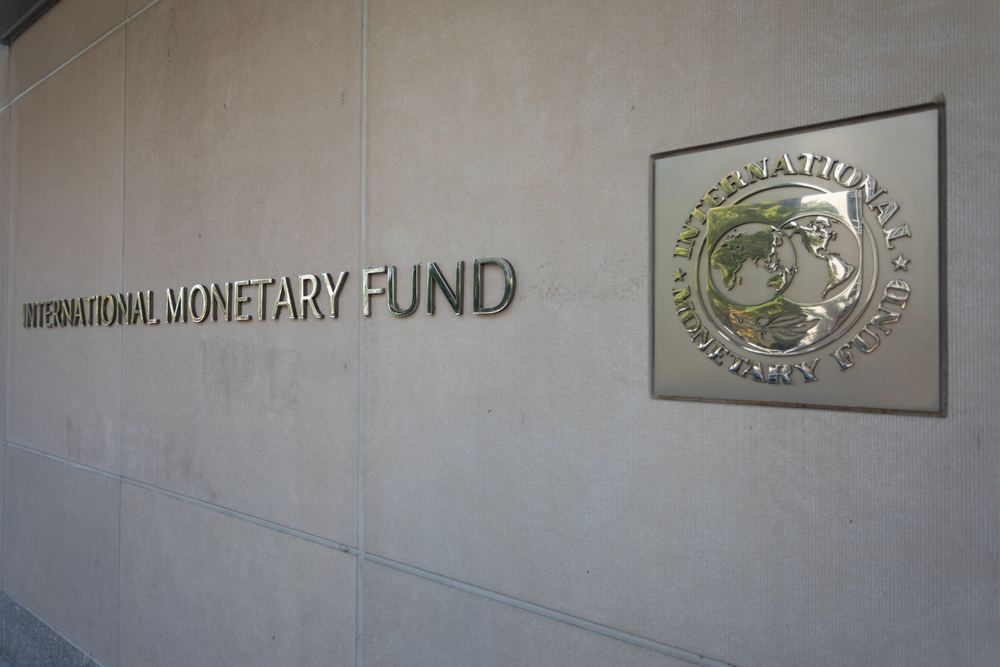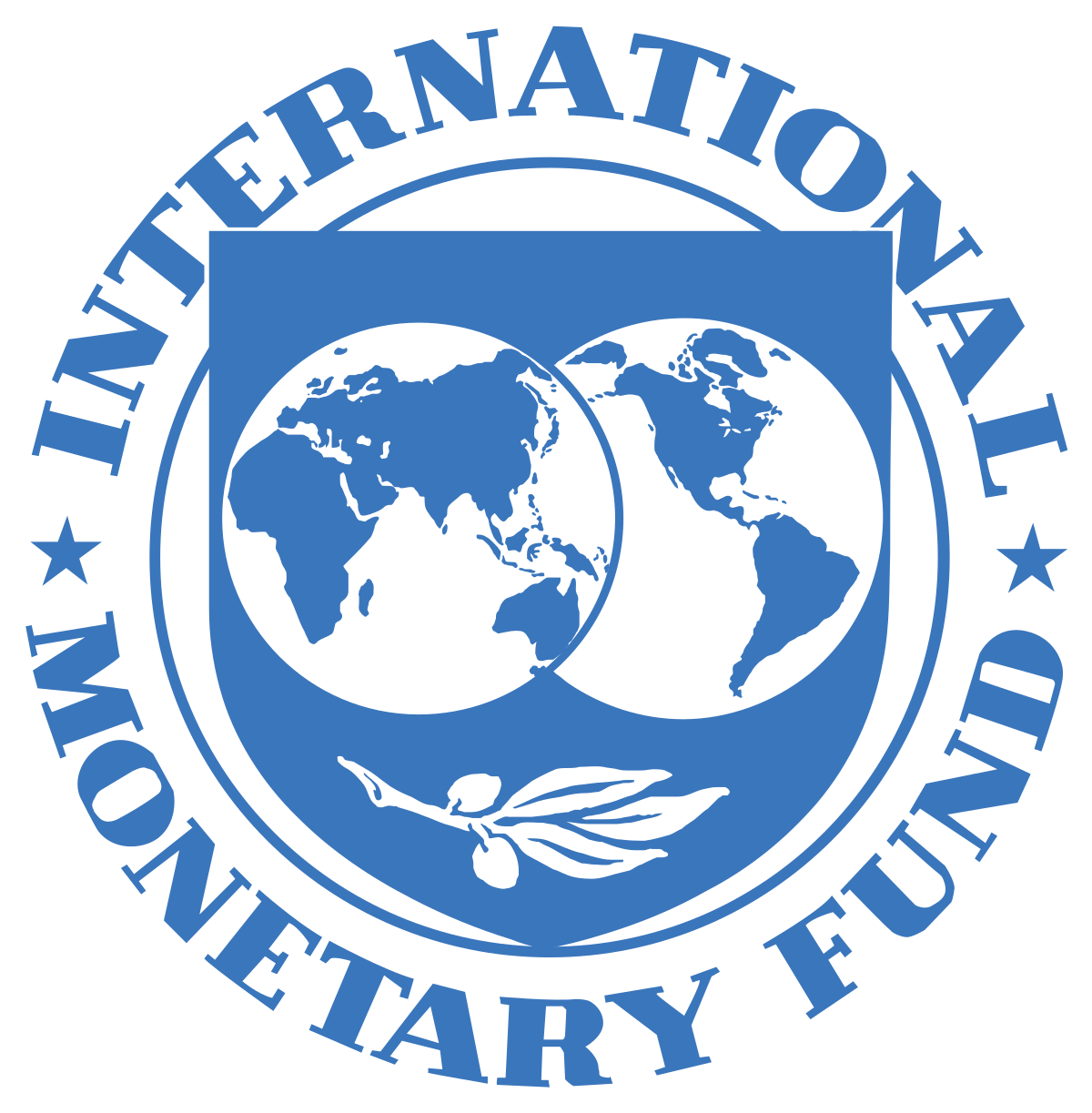The International Monetary Fund (IMF) has predicted the recent hikes in interest rates will only be “temporary” as weak growth drives inflation lower.
In its latest World Economic Outlook, the IMF said rates will return to pre-COVID-19 levels as inflation is tamed, driven by a combination of low productivity and ageing populations across developed markets.
Inflationary pressures have forced central banks such as the Federal Reserve to hike rates at the fastest pace since the 1980s, a phenomenon that is causing cracks in the global financial system as highlighted by the collapse of Silicon Valley Bank and UBS’s acquisition of Credit Suisse.
However, the IMF has argued higher inflation is not a structural issue for central banks which will slash interest rates towards levels last seen in 2021.
“Common trends such as demographic changes and productivity slowdown have been key factors in the synchronised decline of the natural rate,” the IMF continued.
“Recent increases in real interest rates are likely to be temporary. When inflation is brought back under control, advanced economies’ central banks are likely to ease monetary policy and bring real interest rates back toward pre-pandemic levels.”
While this is the IMF’s base scenario, the agency’s economists Jean-Marc Natal and Philip Barrett warned the outlook is “highly uncertain”.
In particular, they highlighted an alternative scenario where interest rates would be forced higher if government debt remains higher, the transition to a net-zero economy drives energy prices up or deglobalisation continues as political tensions continue to increase.
“The risk of some form of international trade fragmentation – higher trade barriers, sanctions, and the like – is elevated. Lower international trade would push down global output and desired investment.
“Individually these scenarios would have only limited effects on the natural rate but a combination, especially of the first and third scenarios, could have a significant impact in the long run,” they added.
All eyes now turn to the latest US inflation announcement on 12 April. Inflation has been trending lower so far this year with the US Consumer Price Index (CPI) dropping to 6% in February, the lowest reading since September 2021 and in line with analyst forecasts.
The IMF’s outlook is in line with market expectations that lower inflation due to weak growth will force the Fed to cut interest rates at a faster pace than the central bank is currently forecasting.
However, the BlackRock Investment Institute has warned inflation will remain higher than current market expectations due to a tight labour market in the US.
“We think US inflation will remain above the Fed’s target for some time,” BlackRock said. “In this regime, central banks face a sharper trade-off than they have experienced in the past four decades, between crushing growth or living with higher inflation.”






